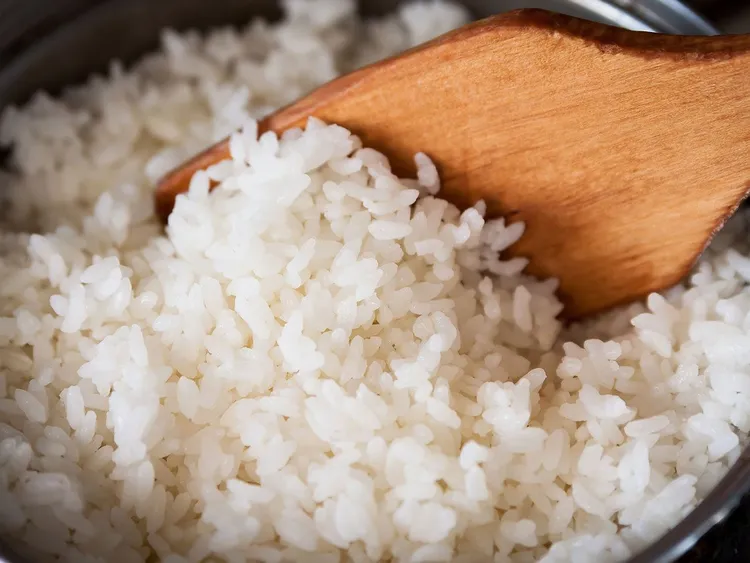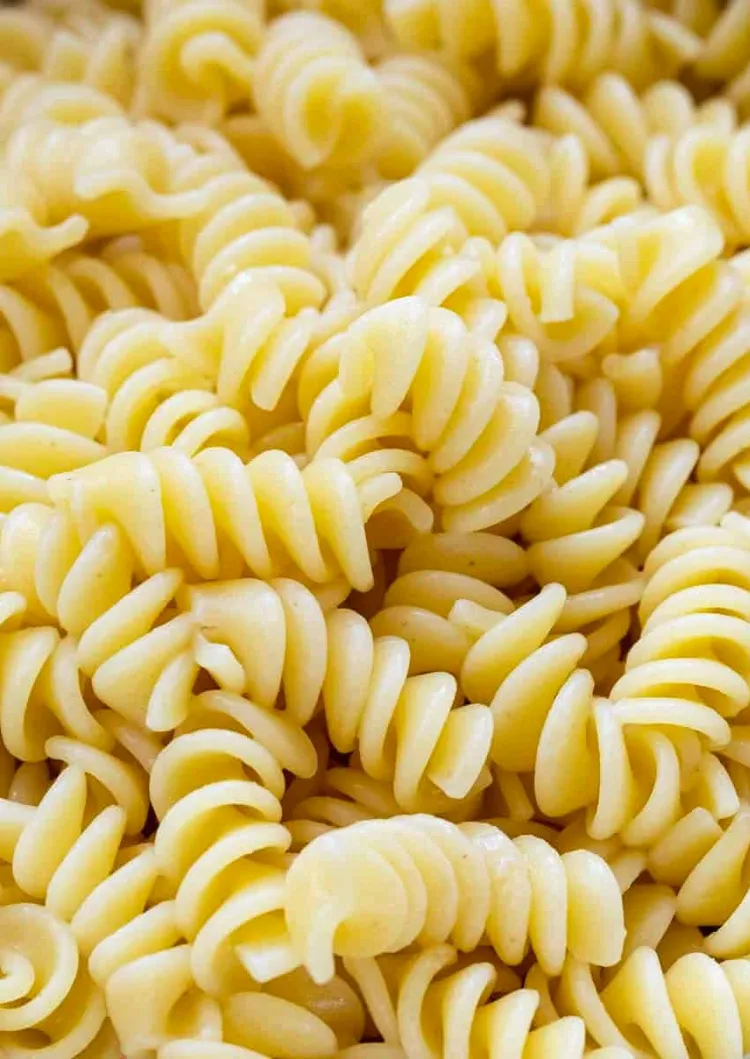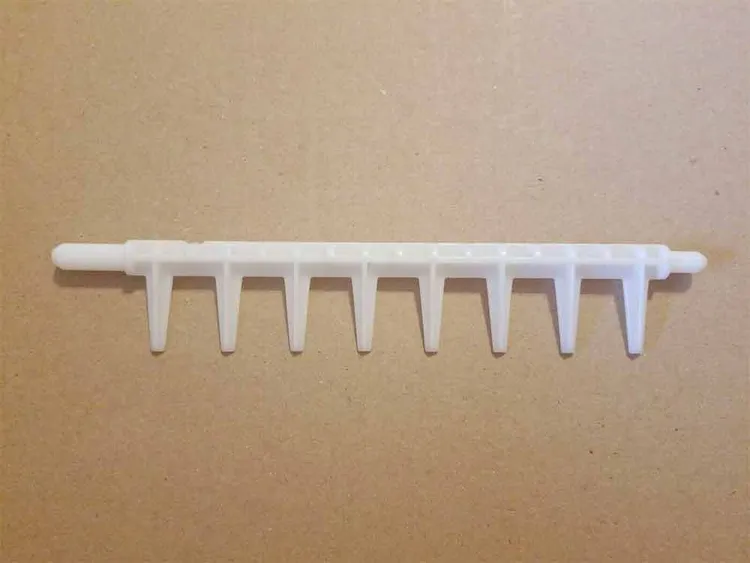Our recommendations are made independently through Research & Testing. We may receive commissions from purchases made via our links.
How to Reheat Brisket
Tender and juicy, brisket will always be the star of the dinner table when it appears. Got leftovers? Here is how to reheat brisket and keep it juicy.
There are two good reasons why you should know how to reheat brisket.
First, it’s a big block of meat, so having leftovers is almost inevitable. And second, cooking a beef brisket can sap away hours of your day and a lot of effort. Throwing the brisket away when it can still be reheated and reused is a huge waste.
But reheating brisket isn’t a simple, straightforward deal. You need to know the proper techniques, else, the sensitive meat is going to dry out and become jerky-like.
In this guide, we’ll show you exactly how you can reheat brisket while keeping it juicy, tender, and flavorsome.
How You Store the Brisket Matters
The most important step of reheating the brisket doesn’t start in the kitchen at all. Rather, it begins in your fridge. How you store the leftover brisket is a major deciding factor for the quality of the reheated brisket later on.
The U.S. Food Safety and Inspection Service recommends that all cooked food has to be packaged and safely stored within 2 hours. Make sure you adhere to this rule if you realize that you cannot finish the brisket the same day.
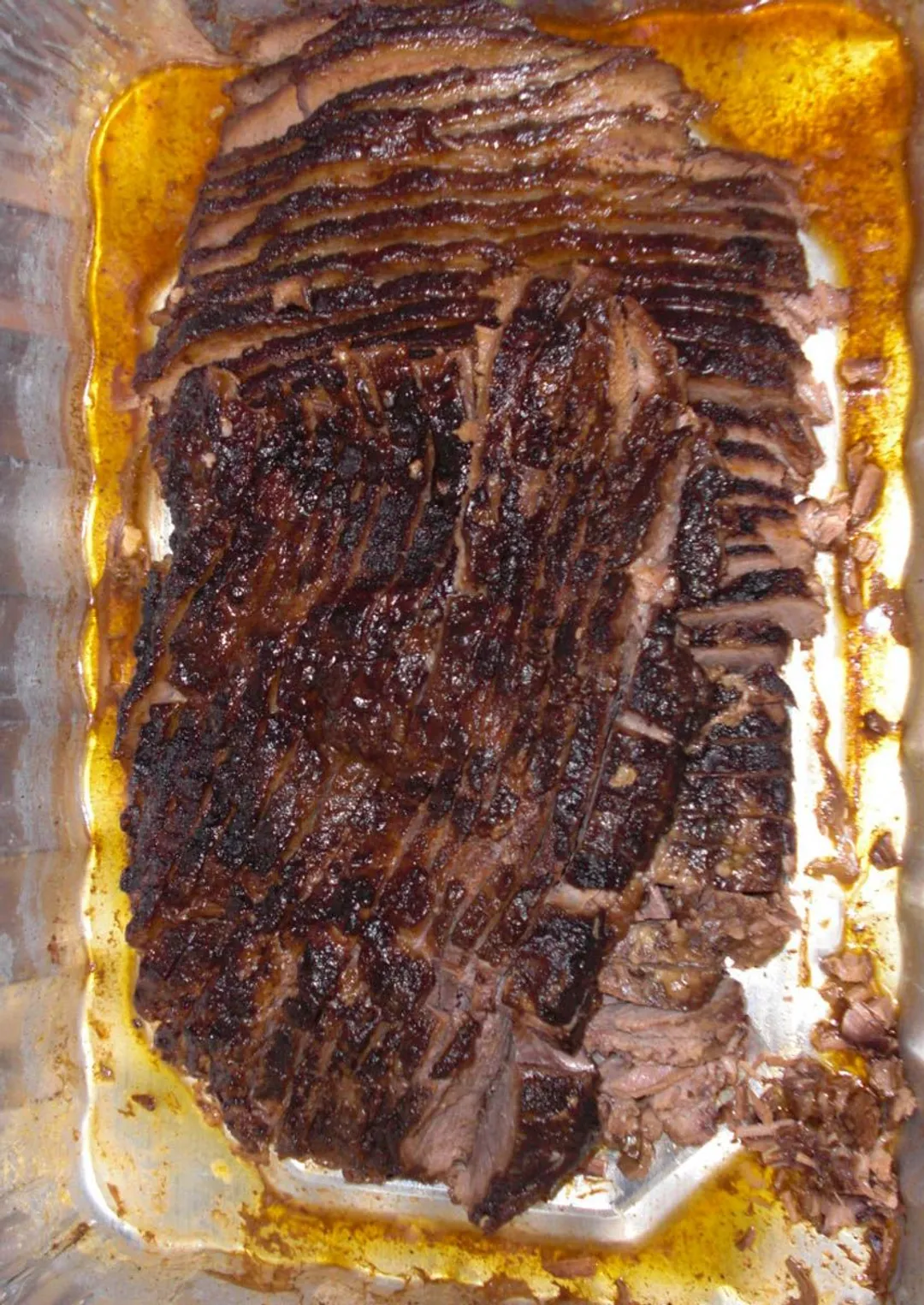
For overnight storage in the refrigerator, slice up the brisket and allow the meat to steep in its own juices. Put the sliced-up brisket into an airtight container.
This will keep the inside moist. The meat will also absorb all of the fat from the juice and bulk up, too. When you eventually find the occasion to reheat the meat, the brisket will be a lot more juicy and tender.
When it’s stored in this manner, the brisket will be safe to reheat within 2 days.
However, if you don’t have the juice or gravy with you and only the brisket, don’t slice it up. Instead, keep the entire brisket as it is. Wrap it carefully in plastic wrap, then store in an airtight container.
If you slice it up without any gravy, all of the moisture inside could be lost, making the meat tough and chewy.
The Best Ways to Reheat Brisket
There are three popular methods to reheat brisket: in the oven, in the slow cooker, and the sous-vide method.
Similar to how you cook it, brisket ought to be treated using a ‘low-and-slow’ approach. In other words, reheating it at low temperature over a long period is how you can get the most out of your leftover brisket.
The oven is a good method to start with. Since most kitchens are equipped with an oven, it is the most accessible method on the list (and thus, likely to be the most popular).
Performance-wise, the oven provides relatively low heat and can maintain temperature for a decent amount of time. This makes it a good candidate for reheating brisket.
Sure, it won’t be as tender or juicy as other methods, but it will do the job if you don’t have the time or the equipment for anything else.

The second method — reheating in the slow cooker — will give you a better result overall.
Over the course of a couple of hours inside the slow cooker, the brisket will mellow out. The result is going to be a perfectly rewarmed brisket with a peculiarly tender texture.
For this reason, slow-cooked brisket is commonly described as feeling like it ‘melts’ in the mouth.
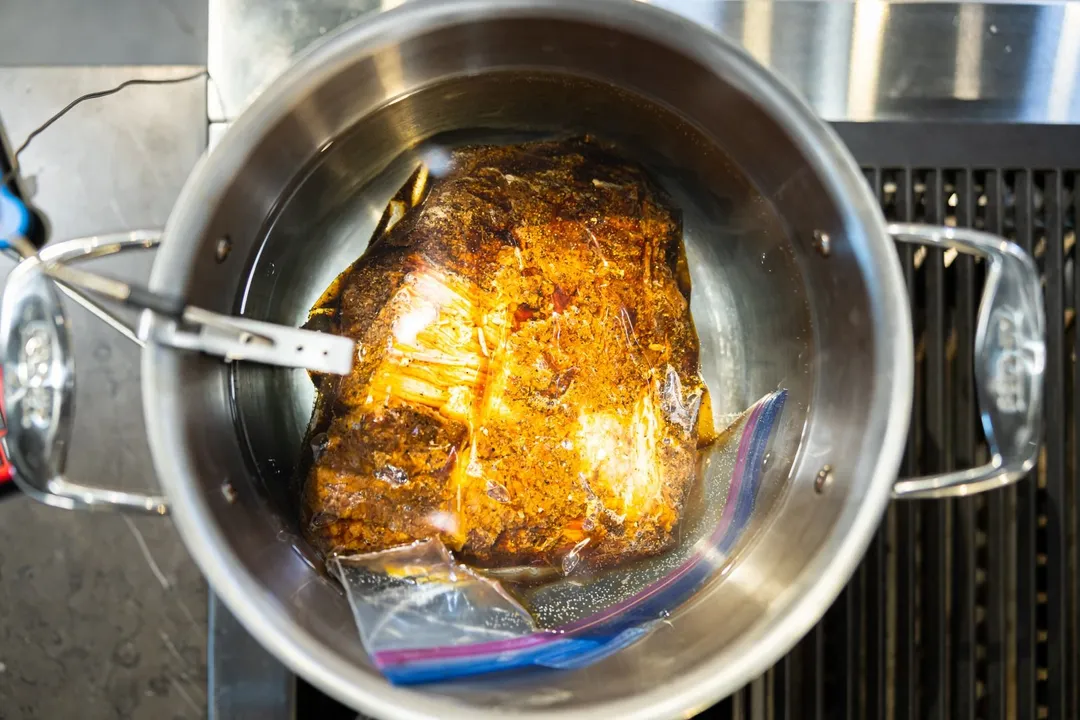
The only downside is that it can take up to four hours for the slow cooker to finish its job. You will have to plan every meal ahead if this is going to be your method of choice.
Last, there’s the sous vide, also called an immersion cooker. It is a good way to reheat your brisket without it losing too much moisture.
Basically, the brisket is wrapped up in plastic, then it is immersed into hot water. The hot water gradually heats up the brisket until it reaches the same temperature as the water.
As the meat has already been immersed in liquid, moisture loss won’t be significant. Your brisket will remain juicy throughout.
Of course, the sole disadvantage is that not many people have a sous vide at home. Good sous vide cookers aren’t exactly affordable, either. But nonetheless, if you often have briskets at home, it’s not a bad investment to make!
How to Reheat Brisket: Detailed Instructions
1. Reheat Brisket in the Oven
Step 1: Preheat Your Oven
For most brisket recipes, reheating at 325°F in the oven will do. However, if you have a BBQ brisket, a lower temperature is required — around 200°F.
Tune your oven to the desired temperature and give it a couple of minutes to preheat.
Step 2: Air Out Your Brisket
Take your brisket out of the fridge and leave it on the countertop. Give it a while to come down to room temperature. Cold briskets — like most meats — won’t heat evenly.
Once the brisket has come down to room temperature (around 72°F), you can proceed to the next step.
Step 3: Prepare Your Brisket for the Oven
Place your brisket on a baking tray.
If you managed to save some of the gravy, now is the time to coat the brisket. Use a spoon and drip the gravy onto the meat. The entire brisket should be coated in a thin layer of juices.
When everything is in place, cover up the tray and the brisket with aluminum foil.
Step 4: Bake
Put the tray into the oven and bake for 45 minutes.
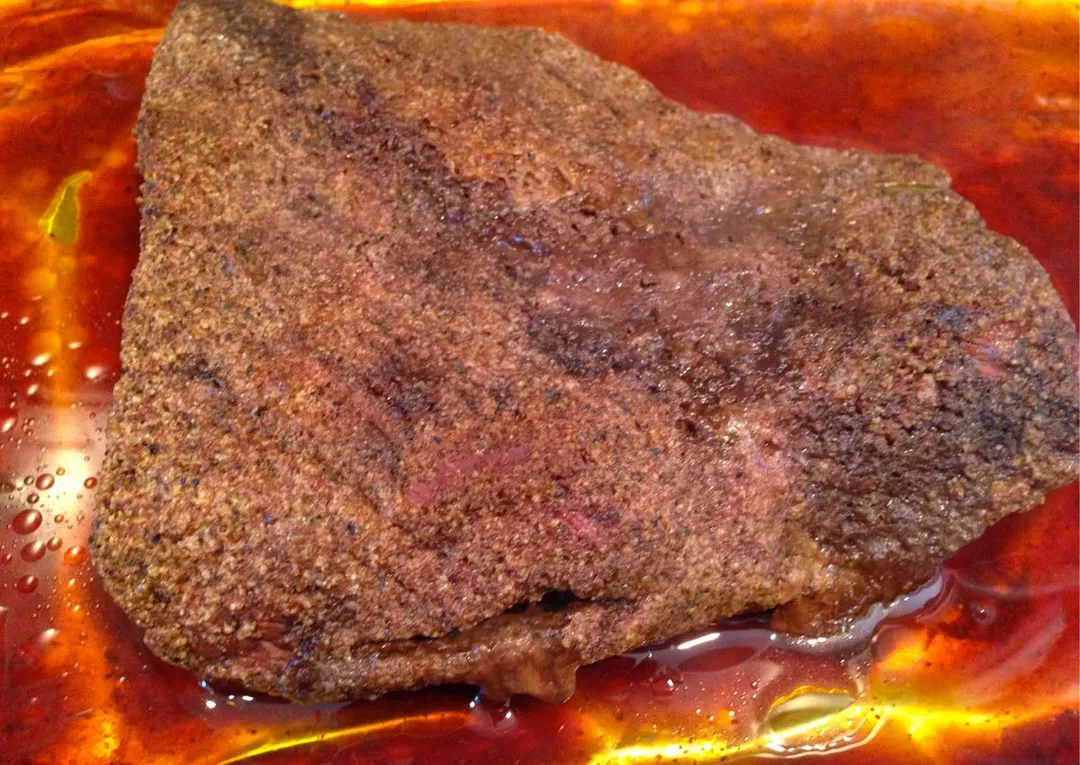
After 45 minutes, check on the brisket to make sure that it’s well-heated. You can use a meat probe for this purpose. The core temperature of the brisket should be a minimum of 160°F.
Note that the cooking time will vary depending on the thickness of the brisket. If you have a large portion of brisket leftover, it may need some more time in the oven. In that case, bake for 10-15 more minutes.
Though it may not be the most optimal way to reheat brisket, the oven is the best way to reheat many dishes.
For example, in this guide on how to reheat rotisserie chicken, reheating in the oven is a prominent technique. Similar to beef brisket, rotisserie chicken is a popular dinner recipe, as well.
Besides rotisserie chicken, you will also find the oven useful for reheating other chicken recipes, ranging from fried chicken to chicken wings.
And if you’re banking on serving some side dishes alongside your beef brisket, try reheating mashed potatoes, if you have any in the fridge. It complements beef brisket really well.
2. With a Slow Cooker
Step 1: Prepare Your Brisket for the Slow Cooker
Put the brisket into the slow cooker.
If your brisket is too large to be able to fit snugly, simply slice up the brisket. Don’t worry, this isn’t necessarily a bad thing. Sliced brisket will generally heat quicker than whole.
Got some leftover gravy? Pour it over the brisket, too.
Step 2: Reheat
Set the temperature anywhere between 185°F and 200°F. Cook for around 4 hours.
After 4 hours, check on the meat to see if it has heated up nicely or not. Use a meat probe to check the core temperature (should be around 160°F – 165°F).
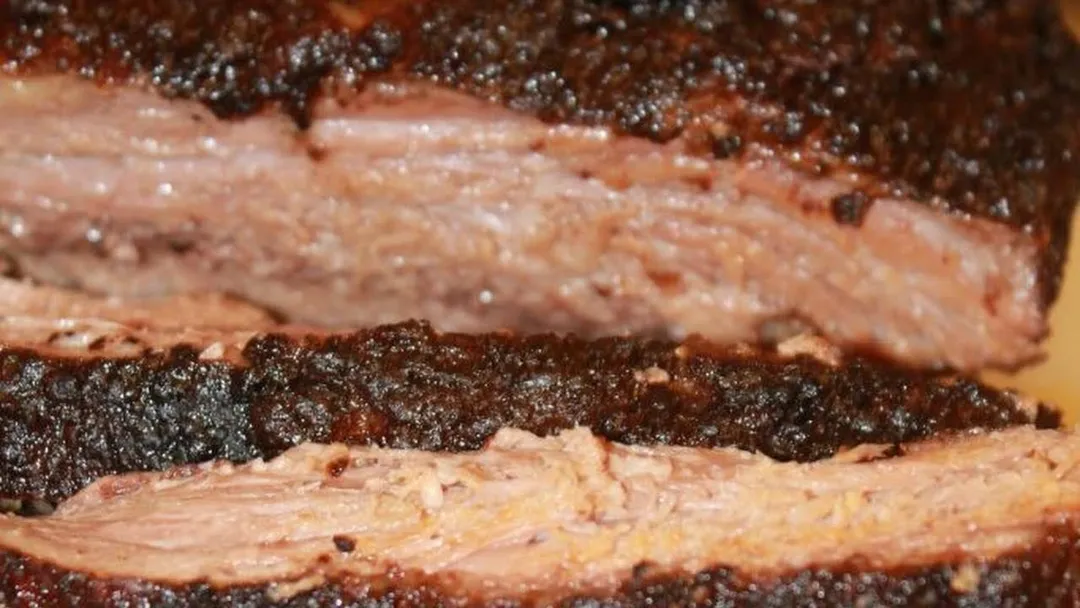
3. With a Sous Vide Cooker
Step 1: Prepare Your Brisket
Put your brisket into a watertight plastic bag. Vacuum-seal the bag shut.
Now, we understand that not a lot of people have a vacuum sealer at home. However, it’s not the end just yet. There’s a trick that has been used for a long time to vacuum seal without a vacuum sealer.
First, place the brisket into a freezer bag (a Ziploc bag will do). Seal up the bag, but leave about an inch of the sealing open in either corner.
Bring out a pot large enough to fully submerge the bag and fill it with water.
Slowly lower the bag into the water until the opened corner is the only part of the bag still above the waterline.
As you lower the bag, water pressure in the pot will press against the bag, pushing the air within out through the tiny opening. You can watch this happen in real time, too. The bag will conform against the shape of the brisket, fitting snugly around it.
Once all of the air has been pushed out, you can pinch on the bag’s opened corner and completely seal up the bag.
Sure, this method won’t remove as much air from out the bag as a vacuum sealer, but it will do the job.
Step 2: Start the Sous Vide
Fill a large pot with water and put your cooker in. Set the temperature to somewhere between 145°F to 150°F (the same temperature you want the brisket to reach).
When water temperature is decent, lower the vacuum-sealed bag of brisket into the water.
Now, depending on the wholeness and thickness of the brisket, the reheating time is going to be different. A good rule to go by is that for every inch of brisket you have, cook for around 1 hour.

Conclusion
All in all, the most demanding part of learning how to reheat brisket is time, not technique. The process is quite simple, but all three methods require a minimum of 30 minutes. Therefore, always plan your meals ahead if you have leftover brisket in the fridge.
Try it and see how it goes!
For the time being, if you’d like to read some other related reheating guides, here are some worth checking:
- How to Reheat Lasagna: soft pasta noodles, combined with well-prepared sauce and melted cheese make lasagna a fan-favorite recipe. If you got a container of unfinished lasagna in the fridge, you can reheat it again with this guide.
- How to Reheat Corn on the Cob: corn on the cob can pair off pretty well with brisket. Both of them feature pretty heavily in BBQ sessions and cook-offs, after all. If you’ve got leftover corn on the cob, this guide will show you how to reheat them.
- How to Reheat Fries: fries are a side dish that can go with just about anything, brisket included. No need to throw them away if you cannot finish them up in time. Use this guide to learn how to reheat french fries back to their former golden, crispy glory.
- How to Reheat Rice: as a rule, rice can be eaten together with any kind of meat. You can mix some brisket slices with a bowl of rice and you’ll have on the table a tasty, filling meal. This article will show you how to reheat it safely and efficiently.
- How to Reheat Prime Rib: prime rib is similar to brisket in many different ways. Namely, they’re both primal cuts, meaning they’re taken from the steer of the animal. Only difference is that prime rib is a bit tougher, while brisket is tender. Fortunately, reheating ribs is easy and isn’t all that different from brisket!
- How to Reheat Crab Legs: if seafood is more your style, give this guide on reheating crab legs a whirl! It could be a little bit scary reheating seafood at first (since not every kind can be reheated). The good news is that as long as you store the legs right, they’re fine for reheating. You can find all the different methods here.
- How to Reheat Salmon: in-line with the seafood theme, also consider putting this salmon reheating guide onto your list. Salmon is among the most popular and delectable fishes out there. It’s packed with protein and other essential nutrients. If you often incorporate fishes into your meal plans, having some leftover salmon is an eventuality.
Authors
Luna Regina is an accomplished writer and author who dedicates her career to empowering home cooks and making cooking effortless for everyone. She is the founder of HealthyKitchen101.com and HealthyRecipes101.com, where she works with her team to develop easy, nutritious recipes and help aspiring cooks choose the right kitchen appliances.

